Stockholm is a mosaic of unique areas and districts. Here’s a description of the neighborhoods and boroughs on the 14 islands that make up our cosmopolitan city, along with a few funny insights from blogger Sebastian Lindholm of Stockholms Universitets Studentkår.
Stockholm Neighborhoods in Brief:
Stockholm is divided into many distinctive neighborhoods and quarters each with their own unique character. Not surprising, considering it’s a city spread across 14 major islands in an archipelago. The island topography of Stockholm is rich with historical architecture, out-door cafés, bohemian boutiques, gourmet markets, posh shopping boulevards, and thriving commercial districts. All of which is set against the backdrop of glittering blue water and gliding sailboats. The following is a list of the various neighborhoods that make up Stockholm.
 Gamla Stan:
Gamla Stan:
Gamla Stan (the Old Town), is the original Stockholm dating back to the 13th century. Here, ornate 17th-century preserved houses line narrow cobbled streets that splinter off into alley ways heading in all directions. This area is pact with pubs, restaurants, kitschy souvenir shops, and spectacular harbor views making this small section the most popular destination for tourists.It’s also conveniently located between, bustling Norrmalm to the north and hip Södermalm to the south bridging the two distinct areas. The bulk of Gamla Stan is on the island Stadsholmen, Riddarholmen, the tiny island just to the west, is usually considered part of Gamla Stan. Don’t get your hopes up of getting a first hand rental contract here, the average wait list time for that golden rental contract is 21 years!
Norrmalm:
Norrmalm is an active and hectic district characterized by Stockholm’s buzzing Central Station, the shopping crowds in Drottninggatan, and an abundance of cultural facilities such as: Kulturhuset, the Royal Opera, St. Jacobs Church, Sweden House, and several ample parks.
The neighborhood’s more modern area is packed with a variety of retail shops, Stockholm’s largest department stores and the national Parliament. Despite the unavoidable tourist traffic, the vast majority of the crowds in Norrmalm are residents. This area is the beating heart of modern Stockholm. Average wait list time for 1st hand rental contract in Norrmalm is around 8 years.
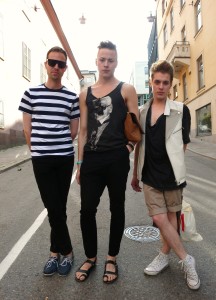 Södermalm:
Södermalm:
Without a doubt Södermalm is a favorite borough among many locals. The island forms the southern part of the main city and is the definition of urban Stockholm. A hipster revolution has turned this once working-class neighborhood, into a hot-spot for artists, musicians, hip designers, bohemian cafés, edgy shops, and funky restaurants.
This area is home to some of the most diverse and sought after addresses in all of Stockholm, from the Art Nouveau apartments on Mariatorget to centuries-old cottages stacked on the cliffs above the sea on Mälarstrand and Fjällgatan.
Accommodation in this district tends to be more affordable than in other parts of the city center. Away from the major sights and museums Södermalm is most enjoyed by locals. Further south in Söder, things become much more residential with wide streets, tall apartment buildings, and less glamorous stores. Average wait list time for 1st hand rental contract in Södermalm: Around 14 years.
Who lives there, Sebastian Lindholm wrote in his blog:
“On Södermalm you most likely work at an advertising agency and listen to indie music. If you are a female it is very probable that your role model is Robyn. Your political vote always ends up on the left side even though it would benefit you economically to vote more conservative. You were able to buy your apartment since your middle class parents put in the money for it. Since you, on the contrary to them, are a bit of a rebel you decided to move to Södermalm and you only come home once every year for Christmas. Regardless if you are male or female you dress a lot like Waldo and rarely put on a suit. You also find it important to wear glasses at all times – if your vision is perfectly clear you wear them anyway. Other important characteristics is that you feel strongly for the environment, your favorite time of the year is the fall, you hate the Royal family, and you don’t tell your friends that you go to the gym even if you do so. You are also most likely a vegetarian…”
Kungsholmen:
Kungsholmen is an expanding residential area, situated between Södermalm and Östermalm. This is a calm area of the city center with plenty of cafés, restaurants and locals.
This is a heavily industrialized neighborhood that is currently undergoing urban development in hopes of creating better access to its sprawling parks and waterfront trails. This project will make it possible to walk all the way around Kungsholmen. Average wait list time for 1st hand rental contract in Kungsholmen: Around 5 years.
Who lives there, Sebastian Lindholm wrote in his blog:
“Regarding Kungsholmen I can’t really tell anything because if you don’t live there you don’t and won’t go there. If by now you don’t know what irony and satire is, I won’t be able to help you.”
Djurgården:
This island is ideal for walks and picnics, and for families and tourists to visit Skansen or Gröna Lund. Djurgården (Animal Park) is a forested island that is the summer recreation area of Stockholm. Here the open-air folk museums of Skansen, the Vasa man-of-war ship, the amusement park Gröna Lund, and the Nordic Museum.
Vasastaden:
Vasastaden (The Stone City) is marked by the massive stone buildings that line its city blocks and is made up of a fashionable bourgeois residential area located close to cafés, shops and IT and media offices.
There is also no lack of greenery with Vasaparken, Observatorielunden, Vanadislunden, and Tegnerlunden park square, making this area perfect for a summer stroll. Average wait list time for 1st hand rental contract in Vasastaden: Around 8 years
Who lives there, Sebastian Lindholm wrote in his blog:
“Vasastan is the place to live if you are not indie enough for Södermalm or posh enough for Östermalm but still have enough money to buy an apartment within the city limits. Vasatan is the Switzerland of Stockholm – it’s very neutral. If you are in search of having a good time you are at the wrong place. You can’t really visit any clubs, restaurants, or bars here because there are none. Vasastan only exists of apartments and service shops where you can get help tailoring your pants or fix your flat bicycle tire.
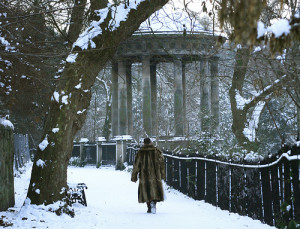 Östermalm:
Östermalm:
This is the most elegant and most exclusive part of town with some of the city’s most impressive buildings, high-end specialty shops and stately apartment blocks with flats that are sold for absurd amounts of money
Like Vasastaden, Östermalm centers on its parks; particularly the magnificent Humlegården, which encircles the Royal Library. The lovely Karlavägen boulevard and Karlaplan circle are the heart of Östermalm. Average wait list time for 1st hand rental contract in Östermalm: Around 17 years.
Who lives there, Sebastian Lindholm wrote in his blog:
“On Östermalm we find the nemesis of the Södermalmare [name for a person living in Södermalm]. An Östermalmare comes from a wealthy family and most likely studied economics or law in school. If you were lucky you got your degree at Handelshögskolan, if you were not you got it at Stockholm University, but that’s something you keep quiet about. You dress a lot like Patrick Bateman or Ebba von Sydow even though you have no idea on which one is a made-up-character and who is not. You always spend your Saturday night around Stureplan with a glass of champagne in your hand; if you are a woman you don’t need to pay for your drinks, they come for free. The highest dream of a young Östermalmare is to date Princess Madeleine, and if you have the right surname you might get your chance. The females have at least once in their lives administrated a blog about fashion and hooked up with Bing”
Suburbs:
South of the City Centre, a large number of high-density suburbs spread out along the metro system and the three main highways leading towards Värmdö, Nynäshamn and Södertälje. Closest to the City Centre is Gröndal, Midsommarkransen and Hammarby, an ultra-modern large residential district built in an old harbor.
Northwest Stockholm consists of both expensive districts such as Bromma and of high-rise suburbs such as Rinkeby, Tensta and Akalla. Some other major districts close to the City Centre are Solna, Sundbyberg and Kista, the area home to the Swedish telecom and ICT industry.
Northeast Stockholm consists mainly of calm and affluent suburbs along the highways towards Norrtälje and Uppsala. Here one can find Djursholm, the home of Swedish billionares, and neighborhoods such as Sollentuna, Täby, Åkersberga and Österåker.
East of Stockholm the vast archipelago stretches out in all directions. Located in the middle of the archipelago is the large island Värmdö that can be reached by highway, and thousands of surrounding islands, of which several are permanently inhabited. Many of these islands can be reached by passenger ferries departing from Nybroplan or the Grand Hotel in the city centre, or from seaside towns out east such as Vaxholm, Stavsnäs and Dalarö. The archipelago is a very popular place to have a weekend/vacation house, so the population multiplies each summer.
To read more on Stockholm, head to Sebastian Lindholm’s Blog: http://www.sus.su.se/en/blog/user/243








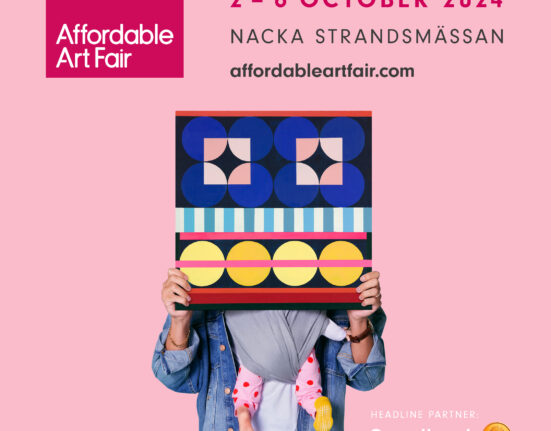
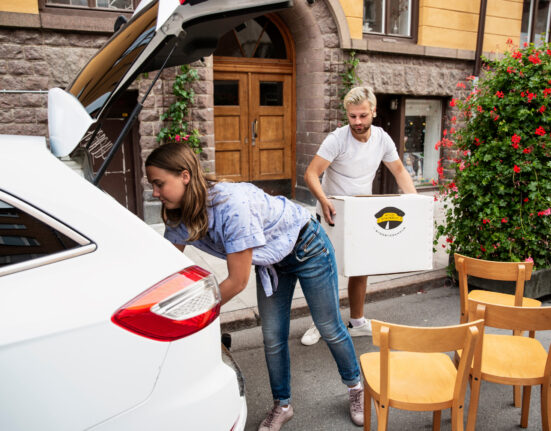
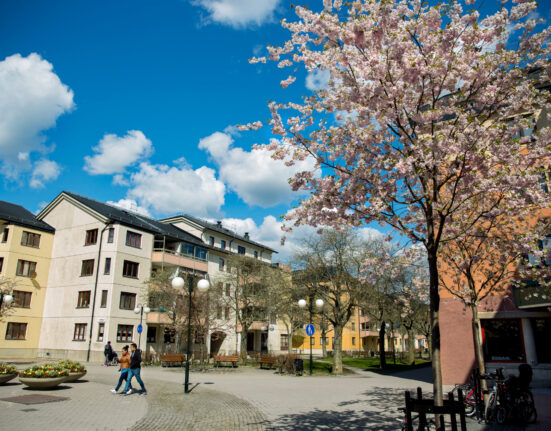
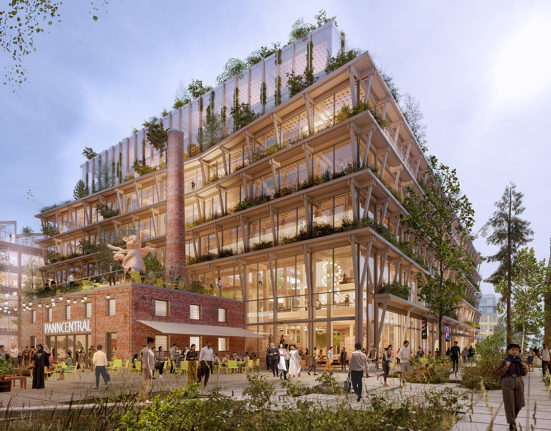
20 Comments